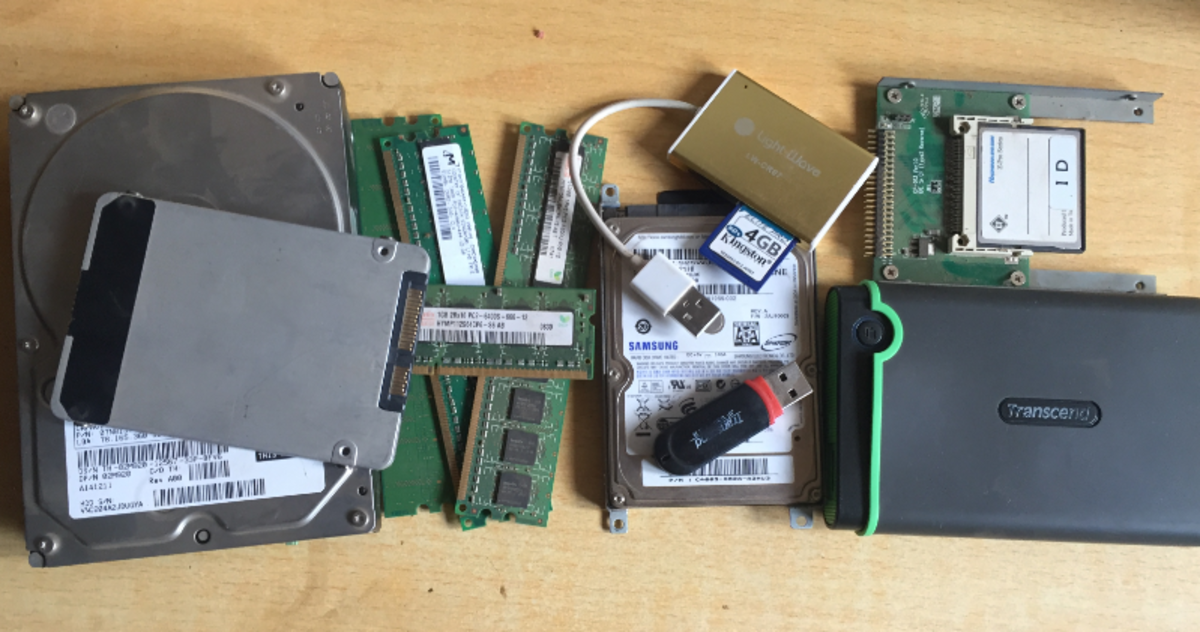History of tape storage

All about tape storage
When you see a magnetic tape storage device, you often recall the era of cassette tapes and how far it seems we’ve come. However, magnetic tapes are still widely in use for common data storage due to their high bit density and low cost.
First invented in 1928 by Fritz Pfleumer in Germany, magnetic tape has come to revolutionize storage options. His invention was based upon the invention of magnetic wire by Valdemar Poulsen in 1898. It was not used until 1951 to record data on a Mauchly-Eckert UNIVAC I.
Magnetic tapes were first used in the 1950’s by IBM to store data. Punch cards were previously used, and it was found that one roll of tape could store as much data as 10,000 punch cards! The strip was ½” wide and contained a recording density of 128 characters per inch. These tapes were ferrous-oxide coated and were similar to the tapes used in audio recordings. Early tape drives were massive machines that contained powerful reel motors and vacuum control of U-shaped tape loops. Two tape reels would feed tape or pull tape from the vacuum columns, spinning in rapid, unsynchronized pulses.
Different tape lengths ranging from 1200’ to 2400’ were standard. Later on, during the 1980’s 3600’ tapes became available, with a much thinner PET film. These tapes had two recording methods: Linear and Linear Serpentine. The Linear method had a lower data density, and was eventually replaced by the Linear Serpentine method that recorded on multi-tracks at a higher level storage capacity.
In the 70’s and 80’s, the reel to reel concept was replaced by a single reel cartridge. The size of this cartridge was considerably smaller at 5 ½” square by 1”. This is the size used by most large computer systems today. In 1984, the storage capacity was just 200MB. In 1991, that capacity grew to 2.4GB of data with the introduction of 3490-E drives and new cartridges. These cartridges featured larger compression drives to allow for the highest available capacity at this time.
The 1980’s saw the introduction of the internal data buffer to assist in reducing start-stop situations. The tape would be stopped when the buffer contained no data to be written or when it was full. The drives operate at several speed levels, using algorithms to match the tape’s speed to the computer’s data rate.
In 2005, StorageTek introduced a 200GB capacity cartridge, with IBM upping the ante’ with a 300GB cartridge. Their shortfall was that the drives and media were not interchangeable between vendors. As of 2008, StorageTek and IBM both have the highest capacity tape cartridge offering 1TB of data without using compression.
Tape storage is still the route larger computer systems go because of the high capacity, and ability to retain the data with long term archival stability. Many companies offer virtual tape library storage, which assist in creating robust backup systems with superior accessibility.
- Online Backup
Online Backup from Sumo Backup - Online Backup
Online Backup from Storagepipe Solutions








